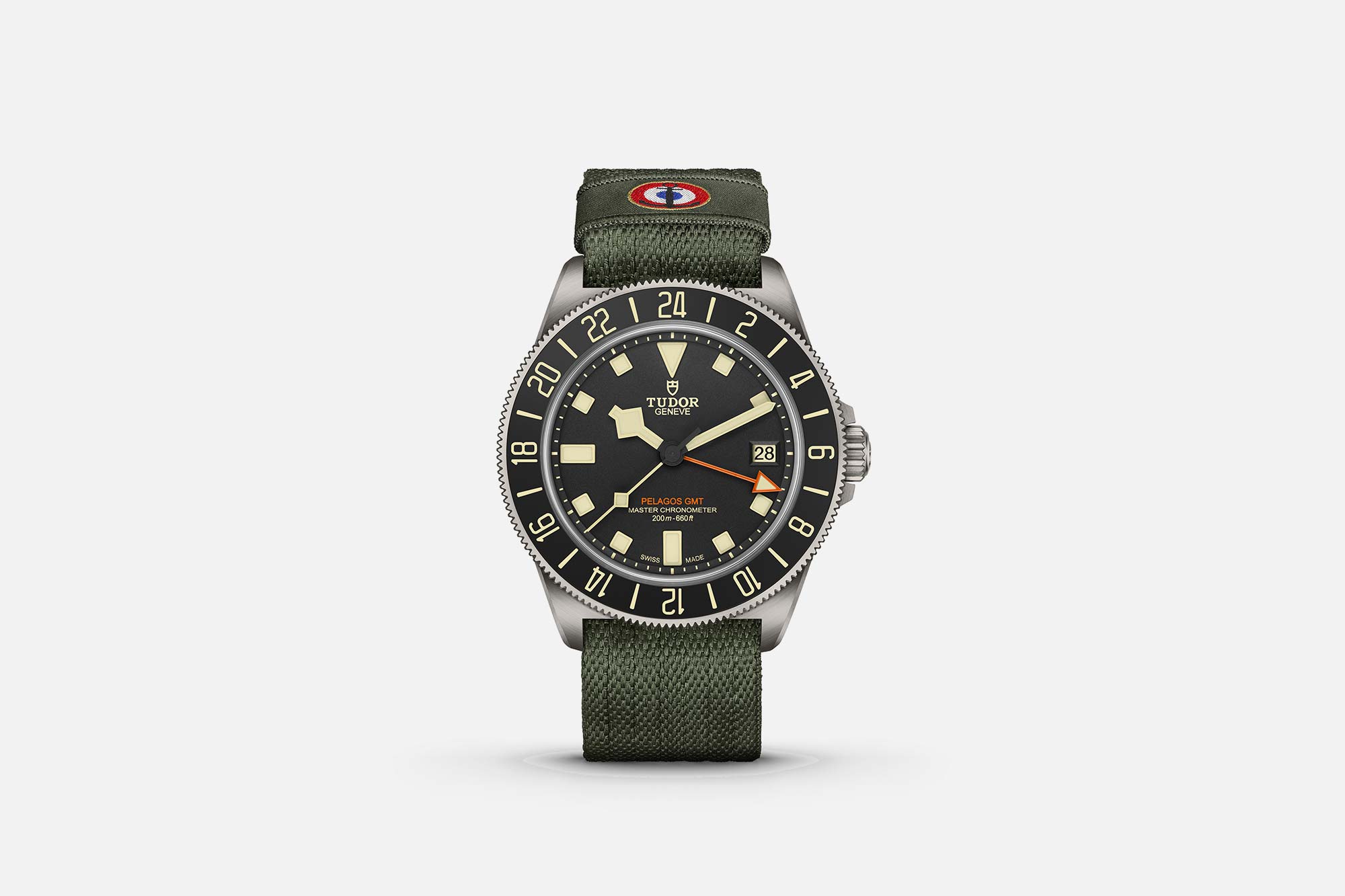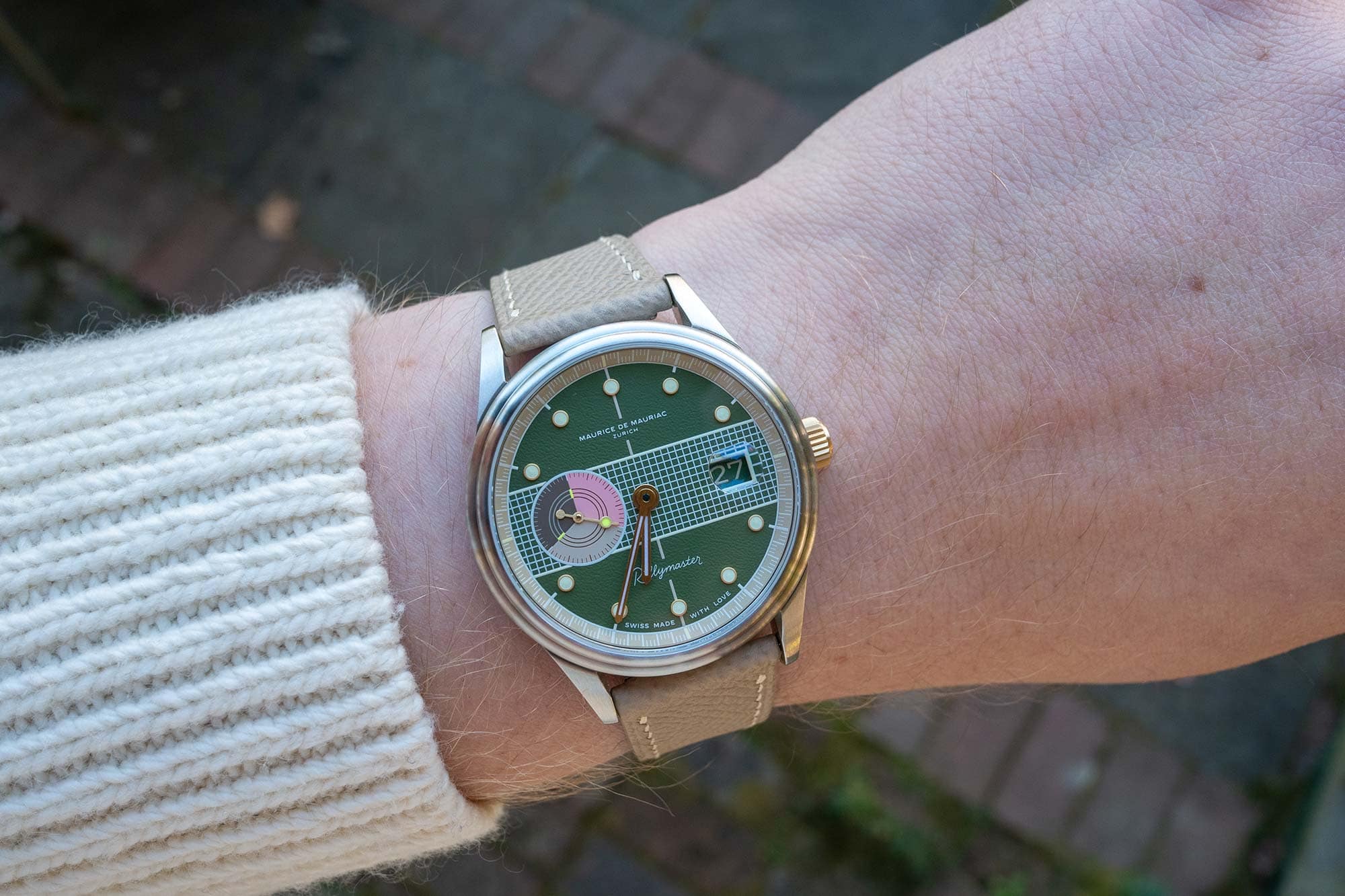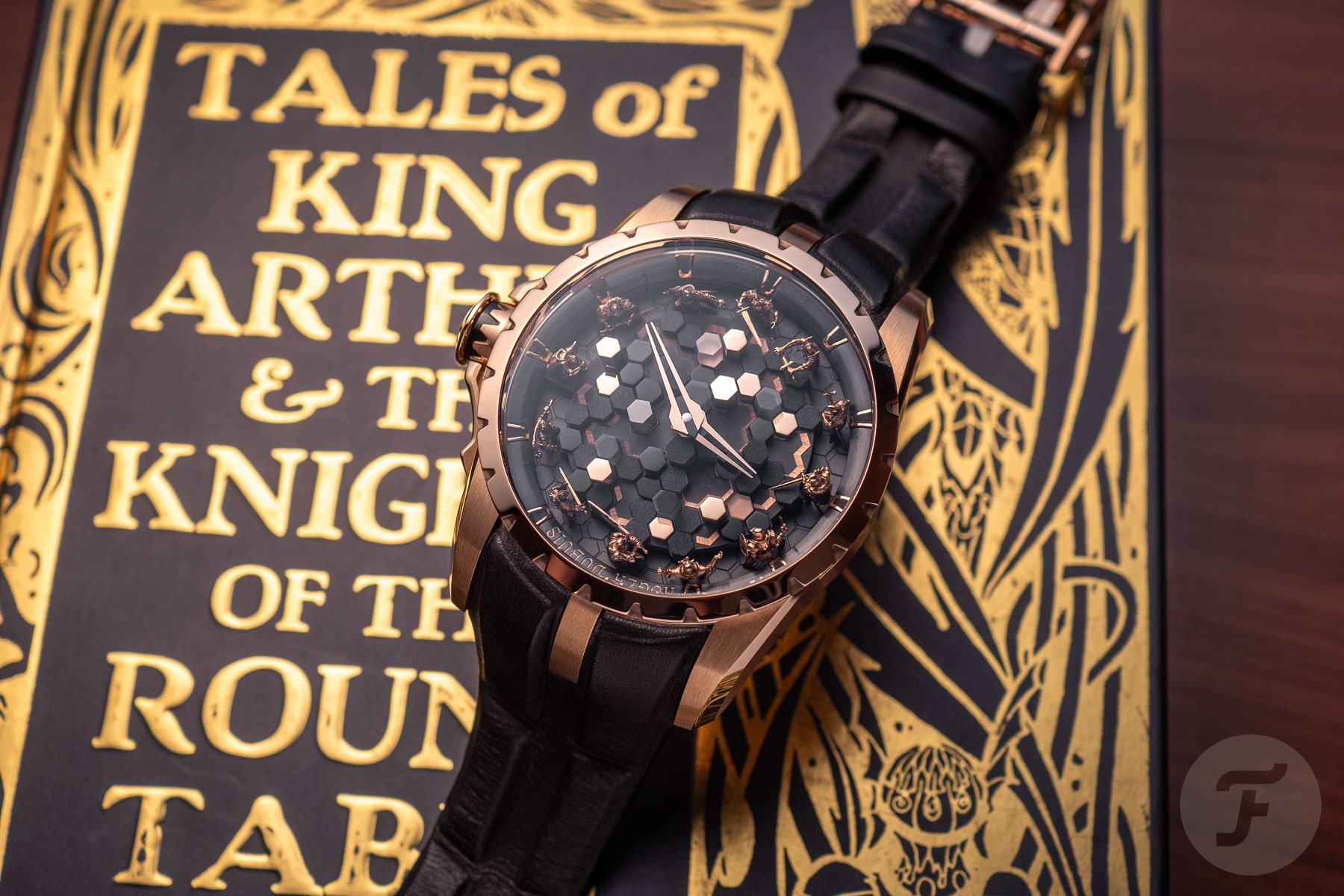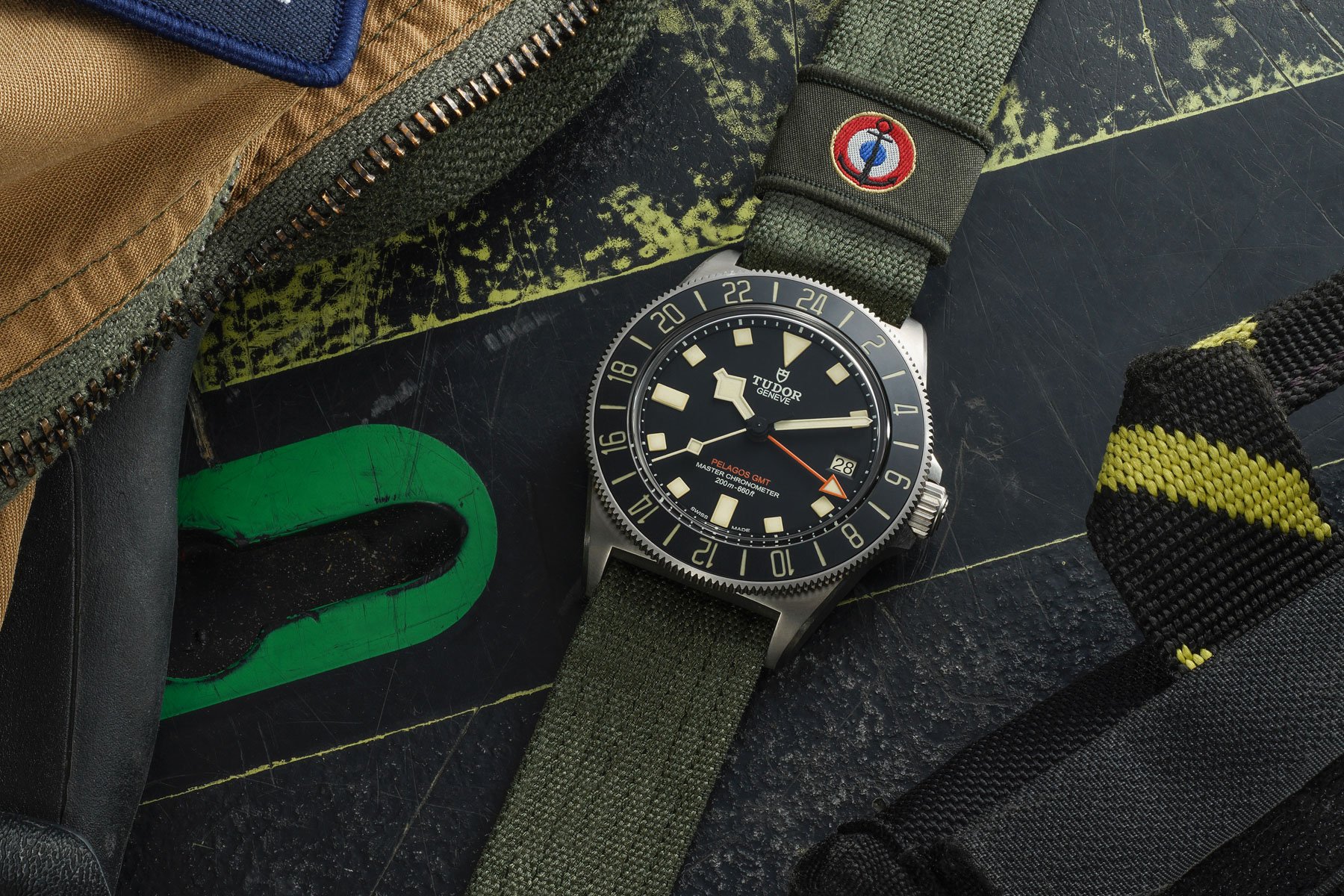The Greatest Horological Inventions of All Time: How The Invention of Balance Spring Changed the World

Editor?s Note: Today, we bring you the second part in the new series from Andrew Canter, the Greatest Horological Inventions of All Time. In this installment, Andrew examines the invention of the balance spring, a watchmaking advancement that not only charted a path for the watch industry, but can be said to have legitimately changed the world, enabling accurate, reliable, and portable timekeeping for the first time in human history. Who actually invented it, though, is still a matter of some debate, even after 350 years.Â
You can find more of Andrew’s work at the Mr. Watchmaster website here.
Prior to the Balance Spring
Early watches were powered by a verge escapement which was the same type of movement used in the early clocks. The verge is the earliest known type of mechanical escapement that controlled its rate by allowing the gear train to advance at regular intervals or ‘ticks’. Verge escapements were used from the late 13th century until the mid-19th century in clocks and pocket watches.
Drawing of a verge escapement (bottom) and balance wheel (top) from an early pocket watch from an encyclopaedia c.1820
In the earliest watches a plain wheel, known as the balance, was used to control the rate of going of the mechanism. There wasn?t a consistent restoring force (such as a fusee), so consequently, its period of oscillation and, hence, the rate of the timekeeper were dependent on the driving force.
Oval verge escapement watch movement by William...
| -------------------------------- |
|
|
Introducing – The Bremont Terra Nova 40.5 Date Caramel Limited Edition
31-10-2024 04:00 - (
Luxury Watch )












